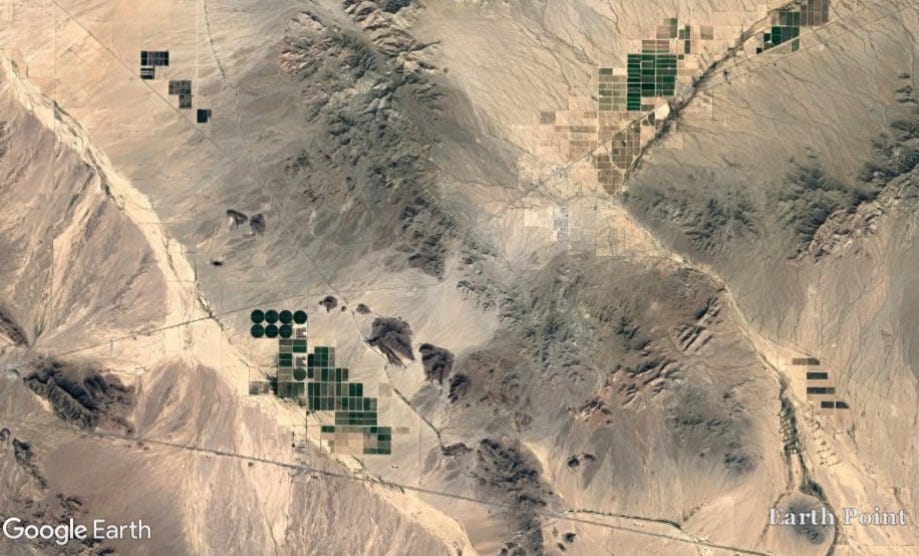Data Dump: The alfalfa question
On hay, cheeseburgers, and a cultural landscape built on inefficiency

Keep reading with a 7-day free trial
Subscribe to The Land Desk to keep reading this post and get 7 days of free access to the full post archives.

Subscribe to The Land Desk to keep reading this post and get 7 days of free access to the full post archives.